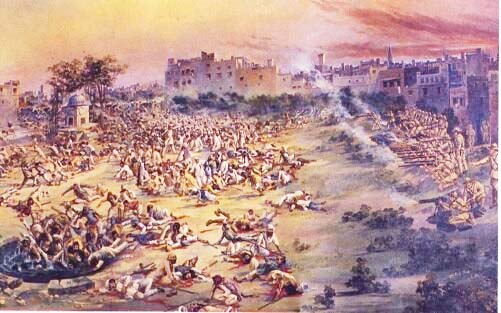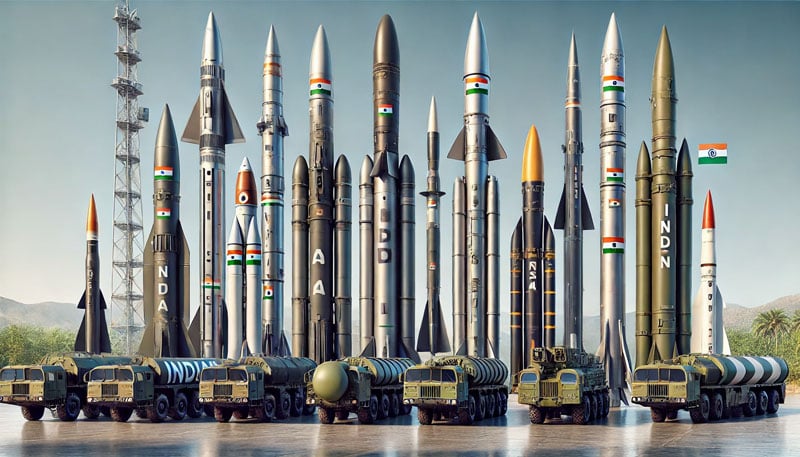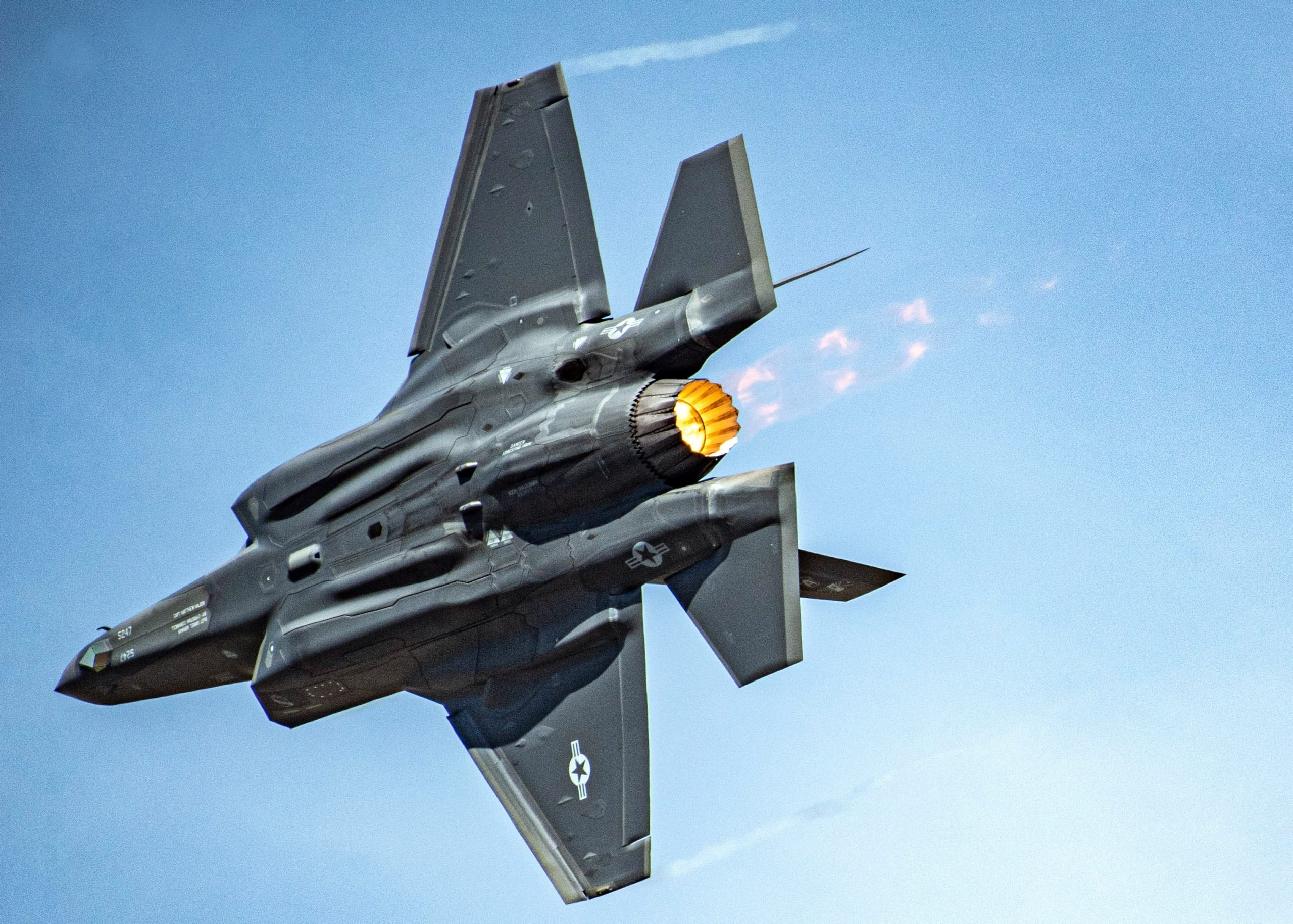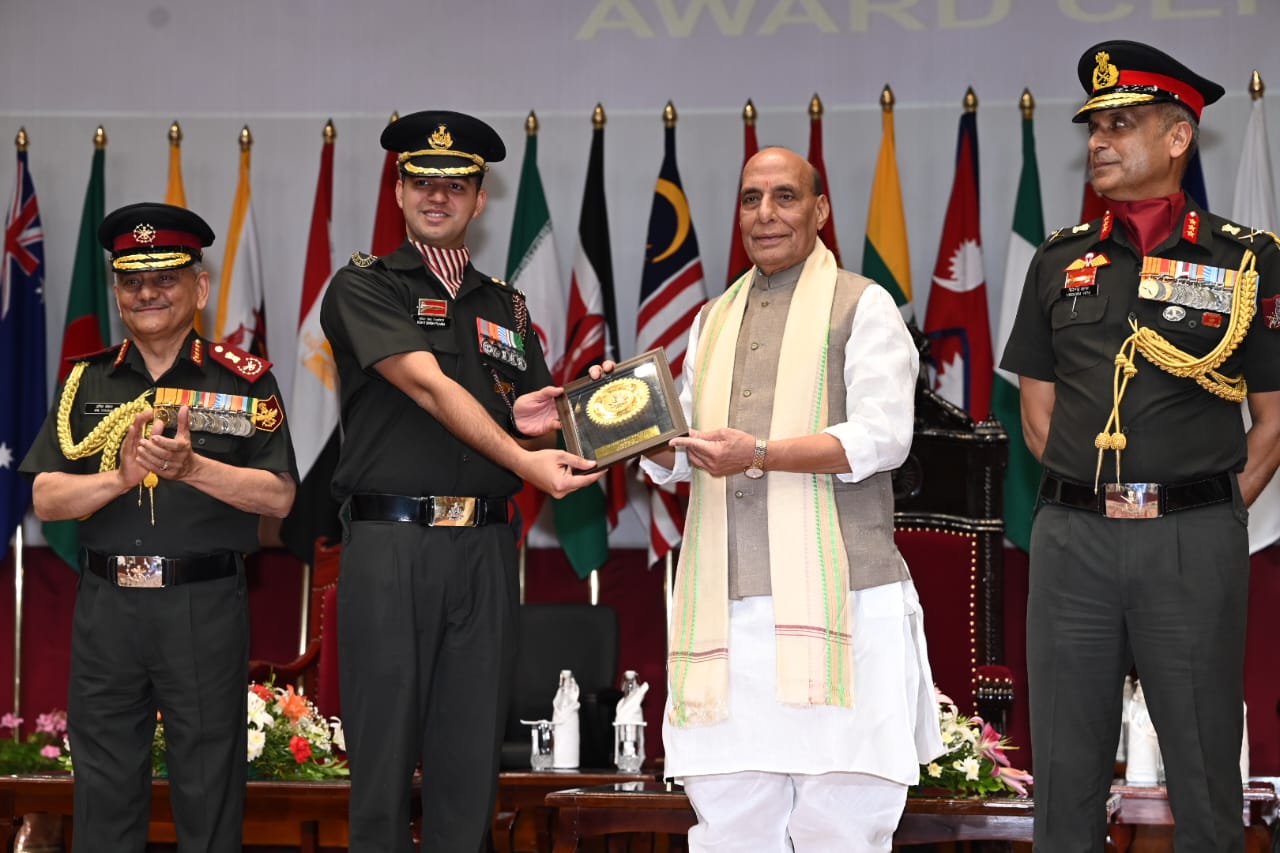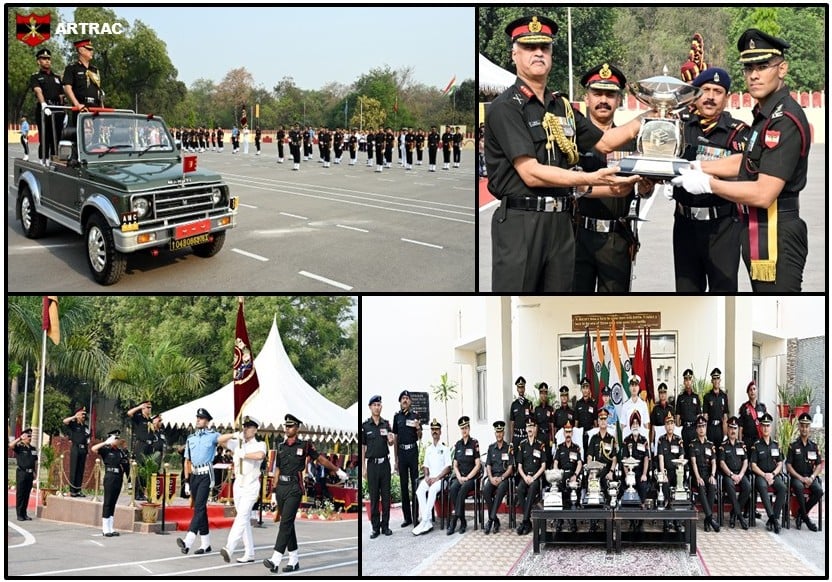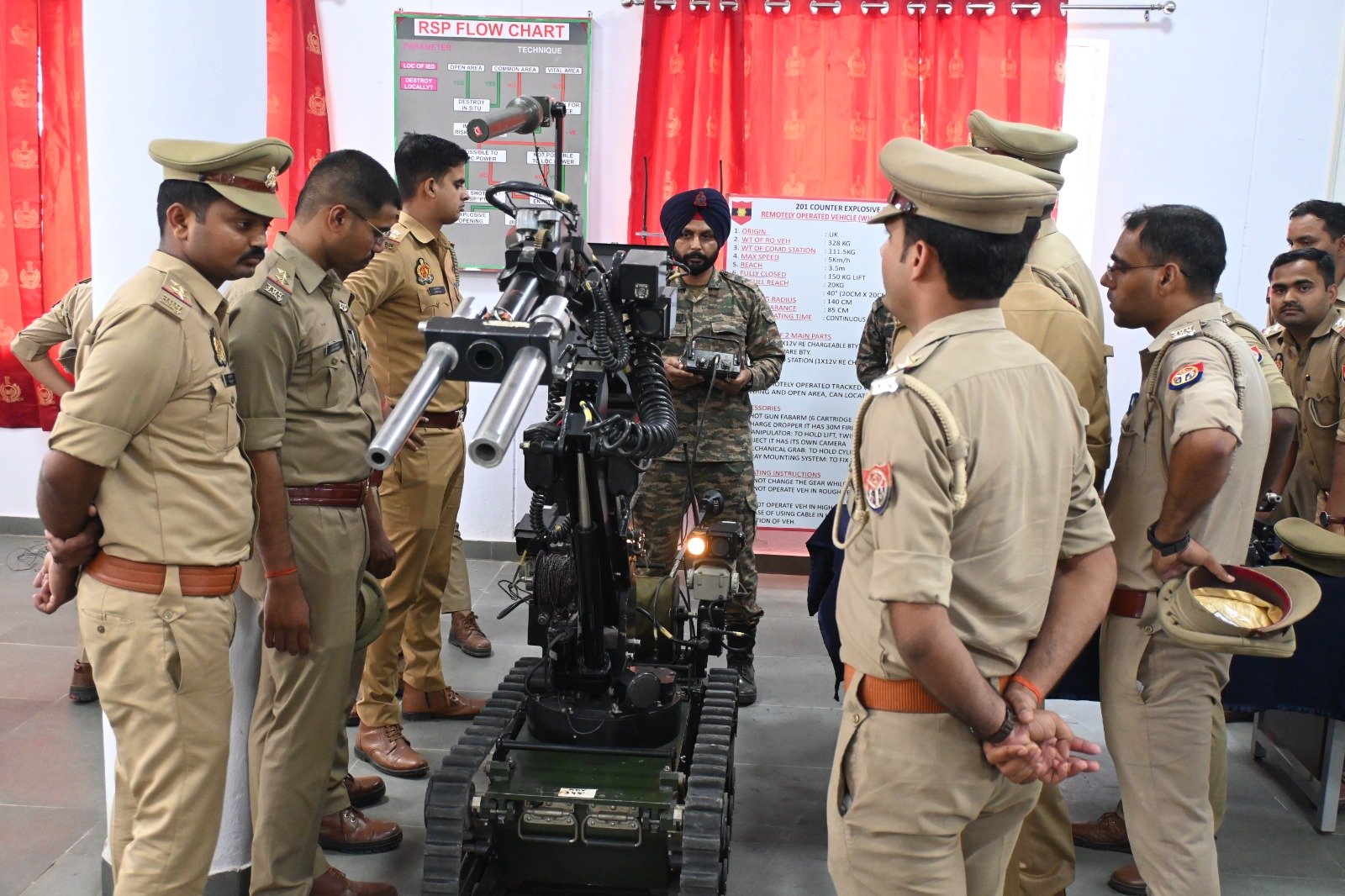On this day 97 years ago, one of the most horrific massacres of Indians was carried out by soldiers of the British Raj led by Brigadier-General Reginald Dyer.
He opened fire on a gathering of 10,000 unarmed men, women and children at Jallianwala Bagh in Amritsar on the day of Baisakhi. They were gathered there to protest British rule and seek freedom for India.
Jallianwala Bagh is a large open space enclosed on three sides by buildings with only one exit. Dyer positioned his men at the sole, passageway and without issuing any warning to the gathering, ordered 50 British-Indian troops to fire. The soldiers fired for 10 to 15 minutes till they ran out of ammo after firing 1,650 bullets of .303-inch.
Dyer was removed from his command by the British government after the incident and he later died in 1927 after suffering a series of strokes.
Here is what happened on that day:
There was considerable unrest in Punjab during World War I, particularly among the Sikhs due to the demolition of a boundary wall of Gurdwara Rikabganj at New Delhi, among other reasons.
Later based on the recommendations of Rowlatt committee, two bills, popularly called Rowlatt Bills, were published in the Government of India Gazette on 18 January 1919. Mahatma Gandhi decided to organize a satyagrah against the bills. One of the bills later became an Act against which Mahatma Gandhi gave call for countrywide hartal or general strike on 30 March which was later postponed to 6 April 1919.
The strike in Lahore and Amritsar concluded peacefully. After 4 days, on 10 April, the governor of the Punjab, Sir Michael Francis O’Dwyer, deported Dr Satyapal and Dr Saif ud-Din Kitchlew, two popular leaders of men from Amritsar to Dehradun leading to a general strike again in Amritsar in groups of 50,000, protesting against the deportation. The crowd, however, was stopped and fired upon near the railway foot-bridge killing at least 12 people.
While those killed were being carried back through the streets, an angry mob went on to rampage destroying government buildings and beating 5 Europeans to death. By the unexpected fury of the mob, the government called in the army the same afternoon which maintained peace in the streets of Amritsar till 11 April – the day General Reginald Dyer got transferred here. He immediately established Army rule in Amritsar banning all meetings and gatherings.
On 13 April, the day of Baisakhi, a large number of people arrived into the city from the surrounding villages after being called upon to assemble for a meeting in the Jallianwala Bagh at 4:30 in the evening by the local leaders.
General Dyer, after receiving knowledge of this call, set out for the venue of the meeting with 50 riflemen and two armoured cars with machine guns mounted on them. He arrived at about 5:15 p.m. and deployed his riflemen at the sole entrance. Without warning or ordering the crowd to disperse he asked his men to open fire. The firing continued for about 10-15 minutes.
The official figures were 379 killed and 1200 wounded.
The government of India ordered an investigation of the incident (the Hunter Commission), which in 1920 censured Dyer for his actions and ordered him to resign from the military. He went on to say that if the armoured cars could’ve got through that passage, he would have opened fire on them with the machine guns!
The Jallianwalla Bagh site in Amritsar is now a national monument. It sits much like a story in our history textbooks for us now. But, will the Indians ever forget the sacrifice of the 10,000 innocent people who were celebrating Baisakhi? Some lost their mother, some their father; some lost their sister, some their brother; while some sacrificed their own lives.
Let us spare a moment this day to remember the invaluable sacrifice of the people of Jallianwala Bagh on 13 April, 1919.

